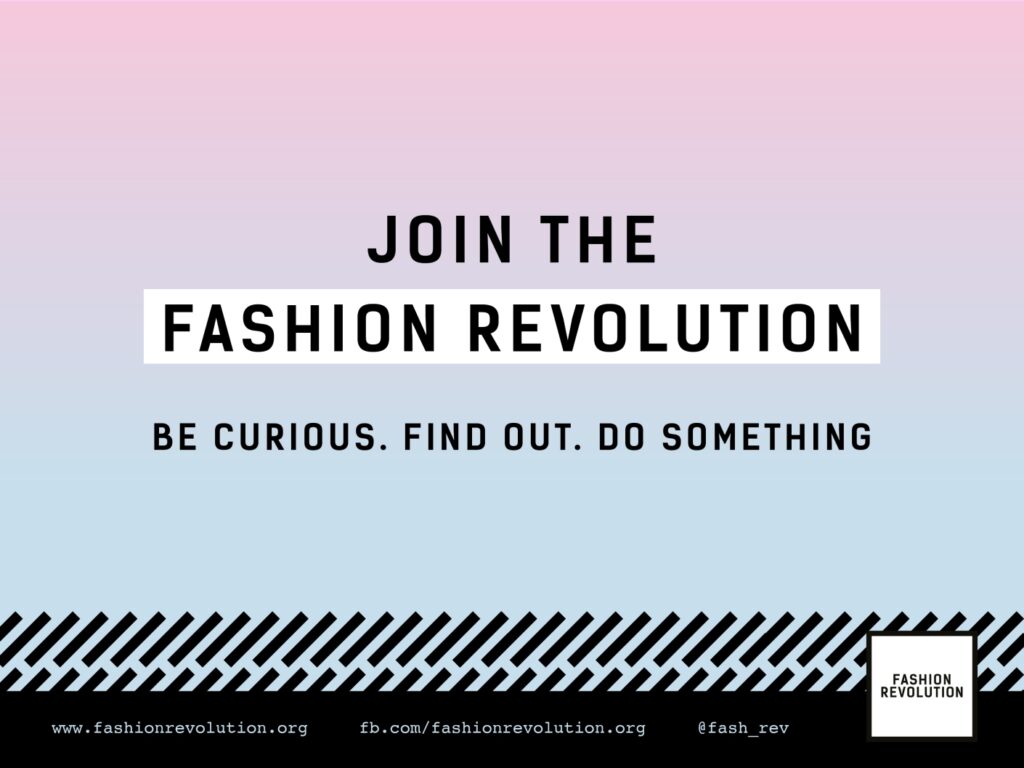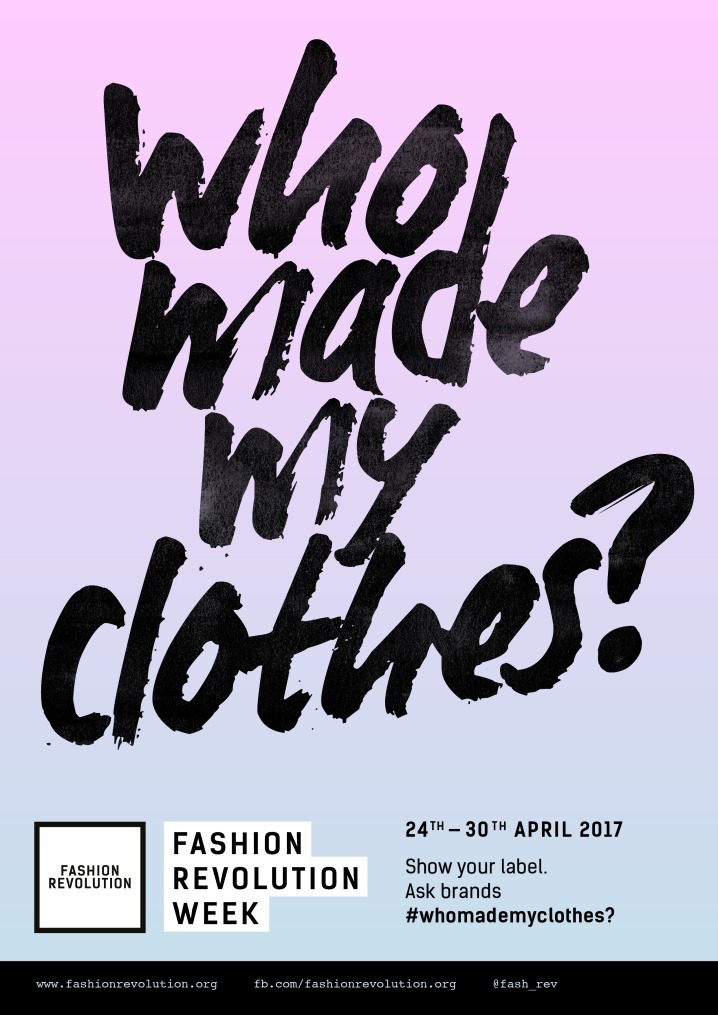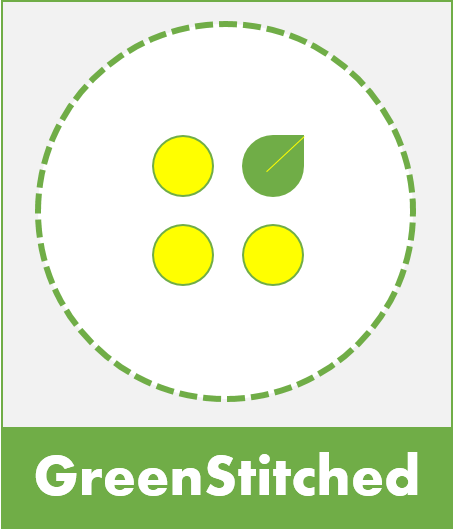Fashion Revolution’s Transparency Index reveals that the top 100 global fashion brands still have a long way to go towards transparency

Many of the biggest global brands that make our clothes still don’t disclose enough information about their impact on the lives of workers in their supply chain and on the environment, new research reveals.
The way fashion is made, sourced and consumed continues to cause suffering and pollution. Fashion Revolution believes that this urgently needs to change and that the first step is greater transparency.
Transparent disclosure makes it easier for brands, suppliers and workers, trade unions and NGOs to understand what went wrong when human rights and environmental abuses occur, who is responsible and how to fix it.
The Fashion Transparency Index 2017, released today, reviews and ranks how much information 100 of the biggest global fashion companies publish about their social and environmental policies, practices and impacts.
The research found that even the highest scoring brands on the list still have a long way to go towards being transparent. The average score brands achieved was 49 out of 250, less than 20% of the total possible points, and none of the companies on the list scored above 50%.
Adidas and Reebok achieved the highest score of 121.5 out of 250 (49% of the total possible points), followed by Marks & Spencer with 120 points and H&M with 119.5 points. However, only 8 brands scored higher than 40%, while a further 9 brands scored 4% or less out of 250 possible points, of which Dior, Heilan Home and s.Oliver scored 0 because they disclose nothing at all.
Out of the premium and luxury brands reviewed, 9 scored between 21-30% of the total possible points, which was higher than the average. The other 10 scored 15% or less.
The good news is that 31 brands are publishing supplier lists (tier 1) including ASOS, Benetton, C&A, Esprit, Gap, Marks & Spencer, Uniqlo, and VF Corporation brands since April 2016. This is an increase from last year when Fashion Revolution surveyed 40 big fashion companies and only five were publishing supplier lists. This year 14 brands are publishing their processing facilities where their clothes are dyed, laundered, printed or treated. However, no brand is publishing its raw material suppliers. Banana Republic, Gap and Old Navy scored highest on traceability (44%) because their supplier list includes detailed information such as types of products or services and approximate number of workers in each supplier facility.

Meanwhile few brands disclose efforts on living wages, collective bargaining, and reducing consumption of resources (on average 9% of the information required in these categories was disclosed), sending a strong signal to brands to urgently look at their own business models and purchasing practices.
There is a long way to go in order for the industry to pay a living wage, as only 34 brands have made public commitments to paying living wages to workers in the supply chain, and only four brands — H&M, Marks & Spencer, New Look and Puma — are reporting on progress towards achieving this aim. This shows that much more needs to be done and faster by brands to ensure that workers, from farm to retail, are paid fairly.


Fashion Revolution Co-founder Carry Somers said: “People have the right to know that their money is not supporting exploitation, human rights abuses and environmental destruction. There is no way to hold companies and governments to account if we can’t see what is truly happening behind the scenes. This is why transparency is so essential.”
“Through publishing this research, we hope brands will be pushed in a more positive direction towards a fundamental shift in the way the system works, beginning with being more transparent.”
Dr. Mark Anner, Director, Centre for Global Workers’ Rights Penn State University said: “The time has come for brands and retailers to make their entire supply chains transparent. The time has also come to establish sourcing practices that are conducive to the human development and empowerment of the workers who work so hard every day to make the clothes we wear.”
Brands were awarded points based on their level of transparency across 5 categories, including: policy & commitments, governance, traceability, supplier assessment and remediation and spotlight issues which looks at living wages, collective bargaining and business model innovation. Brands were selected to represent a cross section of market segments including high street, luxury, sportswear, accessories, footwear and denim sectors.
The data revealed that:
- Policy & Commitments – overall score = 49%
The highest concentration of brands scored in the 71-80% range with 11 brands scoring between 81-90% and 16 brands scoring 20% or less. By and large, brands are disclosing the most about their policies and commitments on social and environmental issues.
- Governance – overall score = 34%
The largest number of brands (37) score 10% or less. 13 brands fall in the 41-50% range. Marks & Spencer is the only brand to score 100% meaning that they’re disclosing who in the team is responsible for social and environmental issues, along with their contact details, board level accountability, and how other staff and suppliers are incentivised to improve performance.
- Traceability – overall score = 7%
Overall brands are disclosing few details about their suppliers. 31 brands are publishing supplier lists (tier 1). 14 brands are publishing their processing facilities. No brand is publishing its raw material suppliers. 23 brands disclose having updated their supplier list at least in the past 12 months, while Target says it uploads its supplier list quarterly and ASOS promises to do so every two months.
- Know, Show & Fix – overall score = 16%
The highest concentration of brands (36) fall in the 11-20% range whilst another 31 score less than 10%. Adidas and Reebok score highest at 39%, with 7 other brands joining them in the 31-40% range. Brands often disclose their supplier assessment processes and procedures. However brands share little information about the results of their supplier assessments, and brands don’t publish much about the results of the efforts made to fix problems in factories.
- Spotlight Issues – overall score = 9%
Overall, brands are disclosing little about their efforts to pay living wages or to support collective bargaining and unionisation. Few brands are disclosing their efforts to address overconsumption of resources. Marks & Spencer, New Look and H&M scored in the 41-50% range, and no brand scored above 50%. The majority of brands scored less than 10%.
The report provides recommendations for how consumers, brands and retailers, governments and policy makers, NGOs, unions and workers can use the information contained in the Fashion Transparency Index to make a positive difference.
